Back on May 24, Canon unveiled two APS-C format RF-mount cameras, the mid- to high-end positioned EOS R7, and the entry-level user-oriented EOS R10.
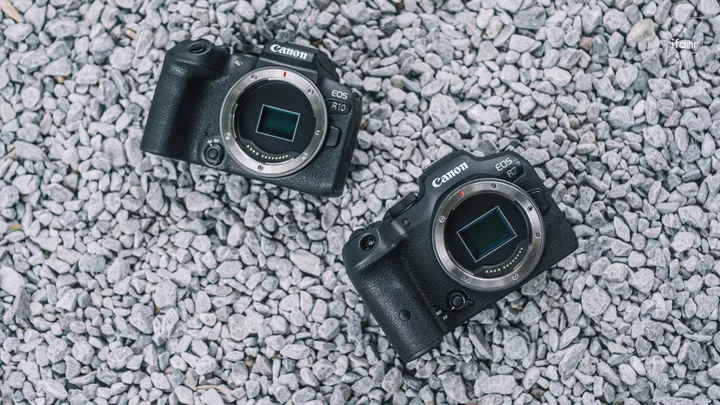
Compared to their older SLR counterparts, the EOS 7D Mark ii and EOS 100D, the newly launched EOS R7 and EOS R10 get the capabilities of Canon's latest generation, with performance and real-world experience in a similarly positioned category. And in the process of improving performance, both have seen some subtle changes in positioning.
The EOS R10 is no longer a basic plate to satisfy entry-level shooters, and the EOS R7 is no longer just a flat replacement for news cameras that have shed their format. Faced with increased performance and shifting user preferences for video shooting, both new models have been 'updated' to get a better balance.
RF system familiar design
The body maintains the curves and compactness of the EOS R series, but for positioning reasons, the EOS R7 will be a bit larger than the EOS R10, with a different interface and construction configuration.
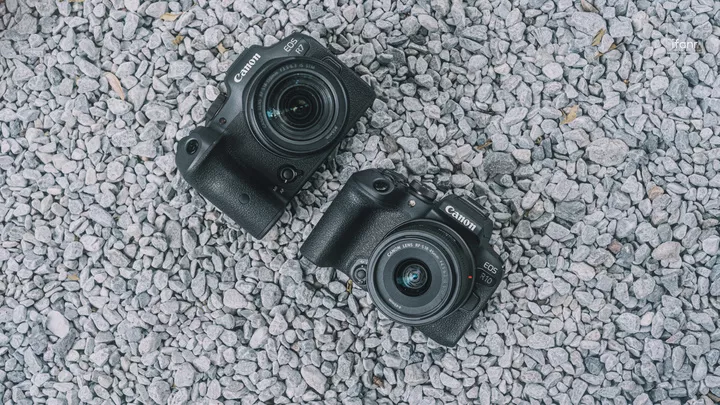
Broadly speaking, both actually have a similar front button design and are part of the same body system design.
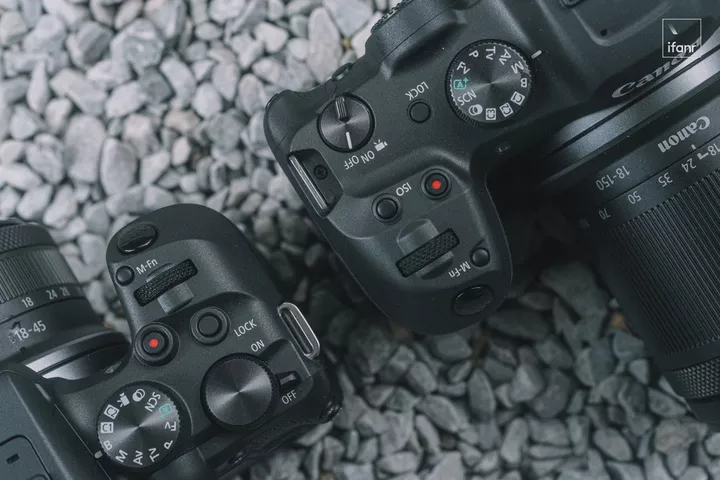
First of all, the grip grips on both cameras are made thicker and are essentially thicker than other mirrorless cameras in their class that have been released before, and the thicker grip improves the grip. For fat people like me with bigger hands, holding the EOS R7 is a stable and secure feeling.
The grip on the EOS R10 is actually quite good, although there are limitations in size and the grip is certainly not as full as the thick-grip EOS R7, but for an entry-level camera, this size grip is actually adequate.

If a user with small hands goes for it, then this is just the right size.
Details such as the AF and MF switching levers with buttons next to the lens, the M-Fn button to launch the mini menu, shutter, PASM mode dial, dual front and rear dials, recording button and lock button for the lock dial levers are also included in the grip position.

Probably due to its positioning and target audience, the EOS R7 will have an additional independent ISO control button than the EOS R10, as well as the removal of the seldom-used self-flash.
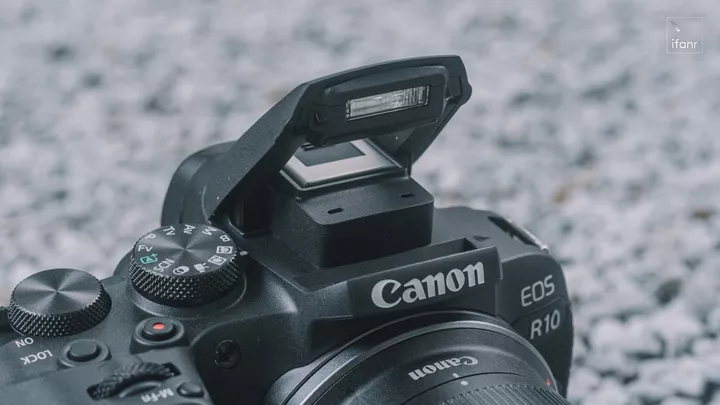
The EOS R10 retains the design of its own overhead flash and turns it on using the most traditional manual method.
There are also differences in the design of the rear dial, with the EOS R10 being a traditional horizontal design, placed just in front of the thumb support position? Those who have used other Canon models before should be able to adapt quickly, while other camera users who are used to having the rear dial placed further back next to the EVF will have to get used to it, and may occasionally need to stretch their thumbs a bit to reach it.
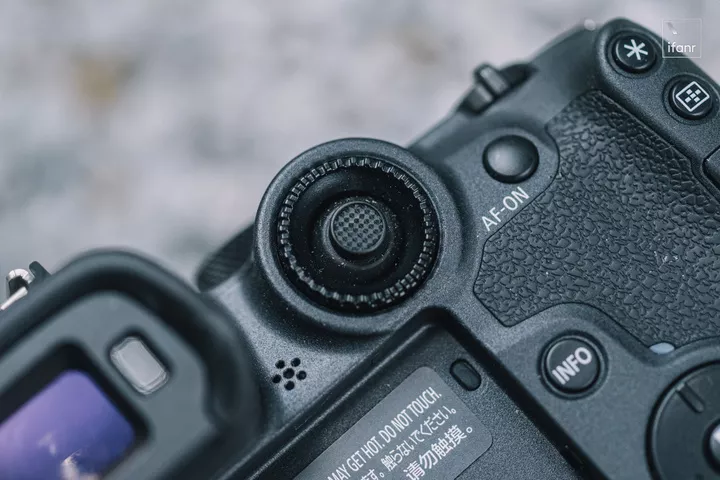
The EOS R7 also has a vertically placed rear dial, with a toggle mounted right in the middle of the dial to quickly switch focus points.
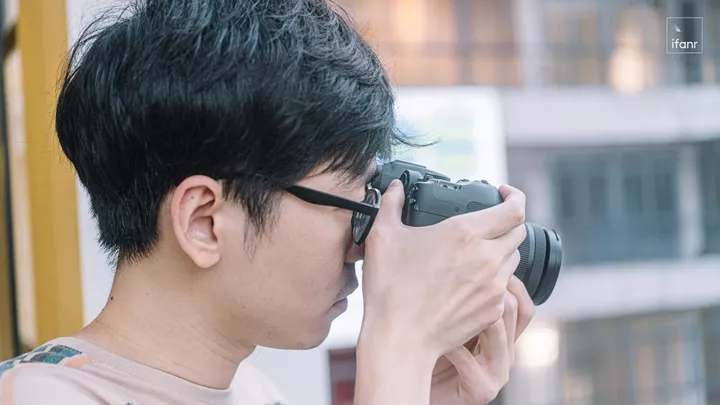
I thought it would be a little hard to adjust to the dial change from landscape to portrait, but in practice it works fine. It's just that you need to adjust the distance of your head against the camera when using the EVF, which may be more noticeable for users wearing glasses.
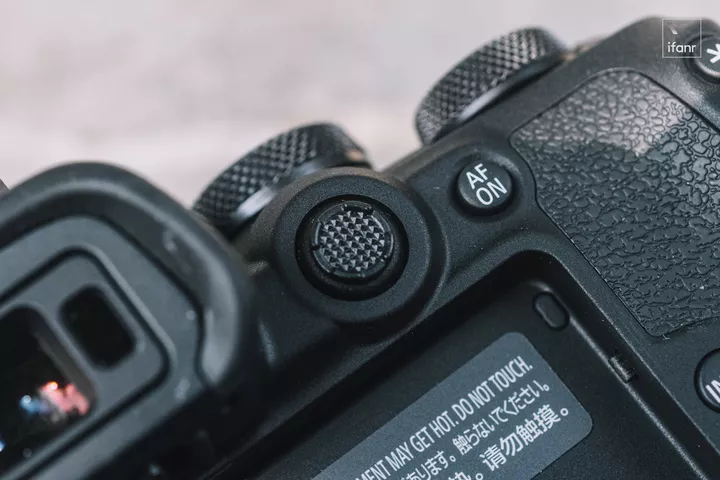
Another point to emphasize when mentioning the joystick is that the EOS R10 is one of the few machines that adds a joystick to this niche as well. Compared to some labels that won't add a focus toggle even on their flagship APS-C mirrorless, Canon has been very conscientious with the EOS R7 and EOS R10's control setup.
The buttons on the back of the body are similar to the other EOS R series bodies, with a few minor modifications.
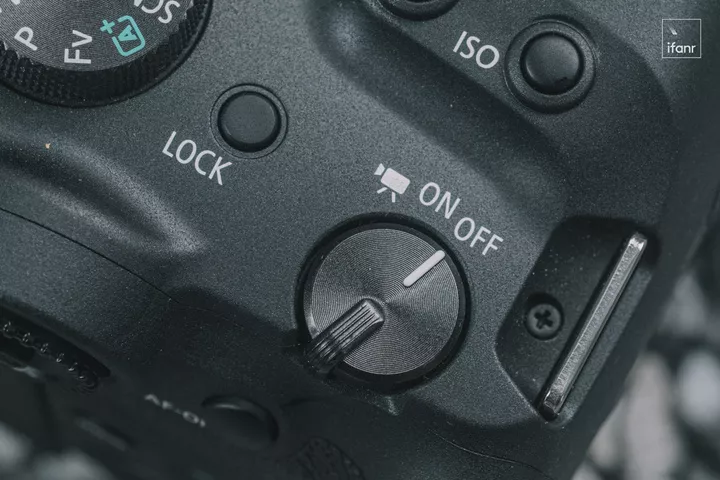
The EOS R7 also makes separate photo and video gears like the EOS R5 C to avoid interference between the two modes. the EOS R7 puts still and video recording on the same side, which is believed to avoid users switching the camera on and off multiple times when switching between video and photo modes.
The R10 does not have individual buttons for some functions, so the four-way guide button comes with a fixed function, which is not quite similar to the design of the EOS R7.

The EOS R7 and R10 buttons are relatively well developed, but for the moment there is no escape from the "no three adjustment dials on APS-C mirrorless bodies" curse. the navigation keys on the R7 and R10 do not give the ability to rotate, so you need to use the composite button method to achieve the third exposure parameter adjustment.
Considering that the camera industry imperial trio all use the same approach, it makes sense for Canon, as one of the imperial trio, to keep the model that came first. But I personally wish Canon would be the first to 'roll' with it, since all entry-level cameras have focus dials, it would be nice to add an additional dial.
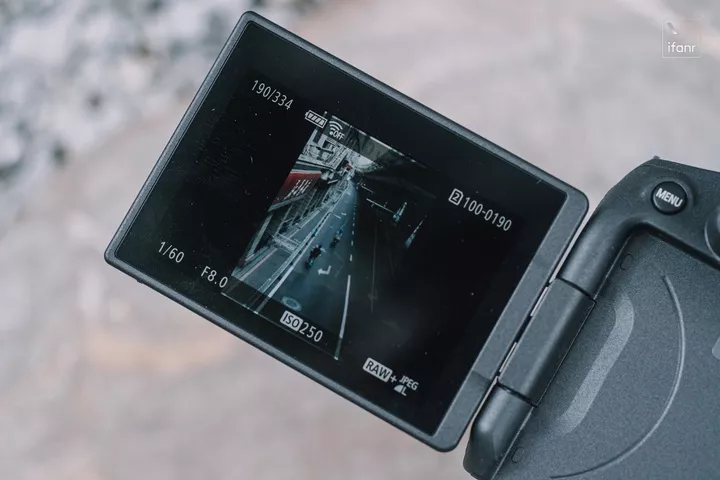
Both cameras incorporate Canon's most familiar side flip screen design, with the EOS R7 using a 1.62 million dot rotating back screen and the EOS R10 using a 1.04 million dot back screen, with the ability to flip the screen to the front for selfie framing.
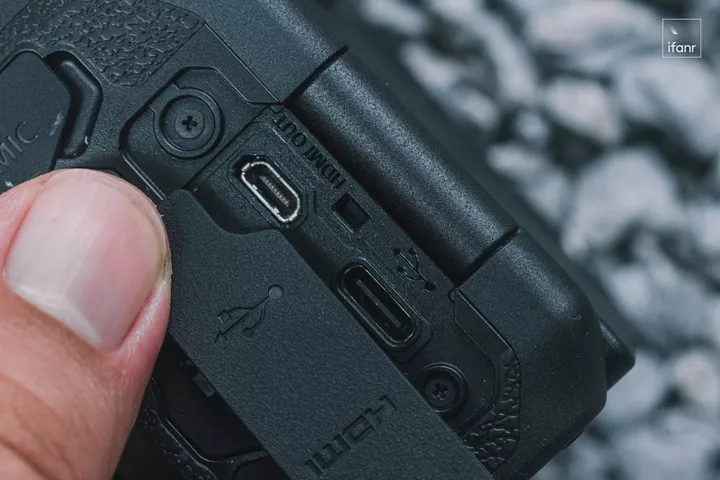
Canon has reserved space on the interface and screen swivel joints, and the EOS R7 does not block doing a certain angle of rotation when attaching a microphone and monitor headphones; you just need to complete the flip when attaching an interface such as a microphone.
The charging position will be slightly closer, but if you just want to slightly adjust the screen angle, that's no problem.
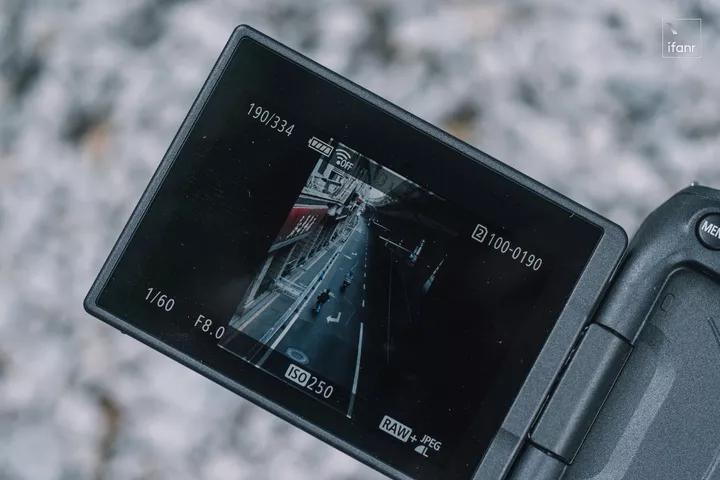
The screen has full touch capabilities, and both the EOS R7 and EOS R10, both new models do a smooth job of swiping through scenarios to adjust parameters, with the feel of manipulating a phone slider.

Combined with Canon's own "Touch Shutter" operation, which allows focusing and shooting with just a touch, entry-level users can shoot with touch without having to remember multiple button functions.
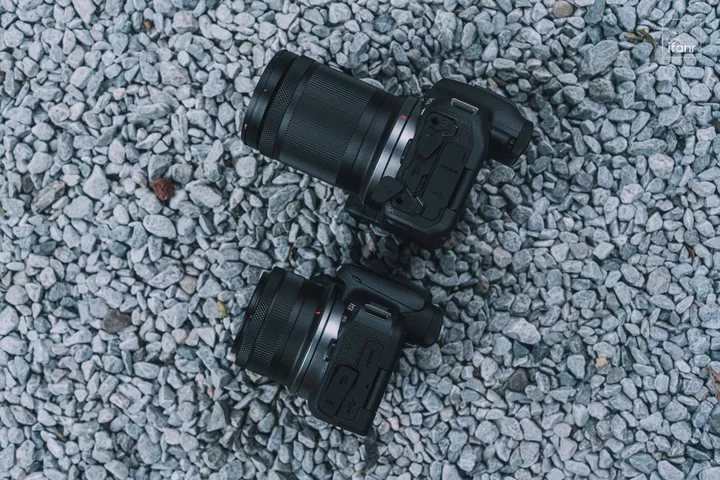
In terms of connectors, both the EOS R7 and EOS R10 come with the usual micro HDMI connector and 3.5mm microphone connector, while the EOS R7 has an additional 3.5mm monitor connector.
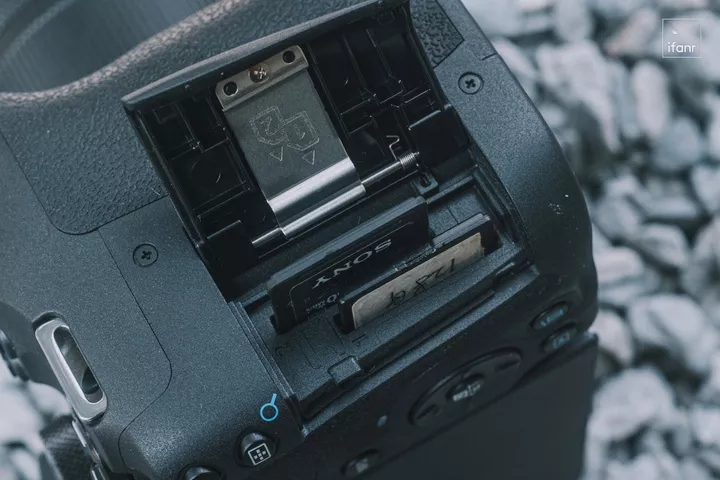
In terms of card slots, both sides use a UHS-II enabled SD slot, but the EOS R10 only has a single slot while the EOS R7 has a dual slot.

It's rare to see UHS-II on an entry-level camera before, and not many people would buy a USH-II card for a $5,000 entry-level camera based on market considerations, but Canon has put in place the infrastructure for this improved continuous shooting performance and video recording.
The two machines use different batteries, the EOS R7 uses the LP-E6NH while the EOS R10 uses the LP-E17 battery, and both cameras can be charged via the USB port on the body. The charging port supports a PD charger, which also allows charging while shooting, and is basic for those who use the camera live.
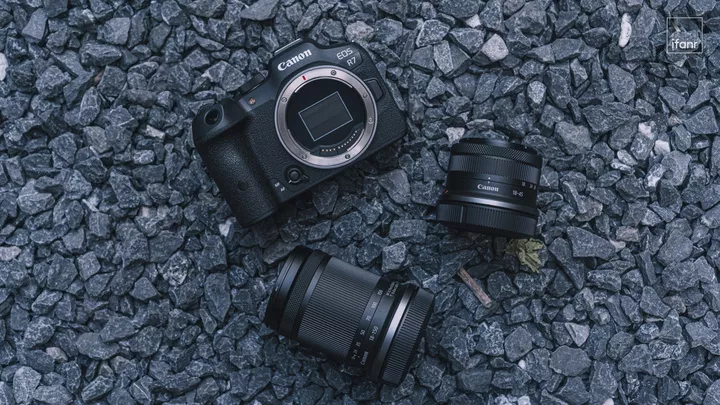
The exterior section ends with a few words about the mounts and sleeves of the two new models.
Both the EOS R7 and EOS R10 use Canon's EOS RF system mount, and the two kits that accompany the two new models are the RF-S 18-45mm F4.5-6.3 IS STM and the RF-S 18-150mm F3.5-6.3 IS STM, the first APS-C lenses to use the RF mount.
Similar to their own SLR systems, RF-mount APS-C lenses are marked with "RF-S" so that users can distinguish the format directly from the naming. But unlike EF and EF-S, RF and RF-S use the same RF mount, EOS R7 and EOS R10 can directly use the previously released RF full-frame lenses, RF-S lenses can also be directly used to the previously released EOS R5 series, EOS R and EOS RP, to use the camera EOS C70 can also be.
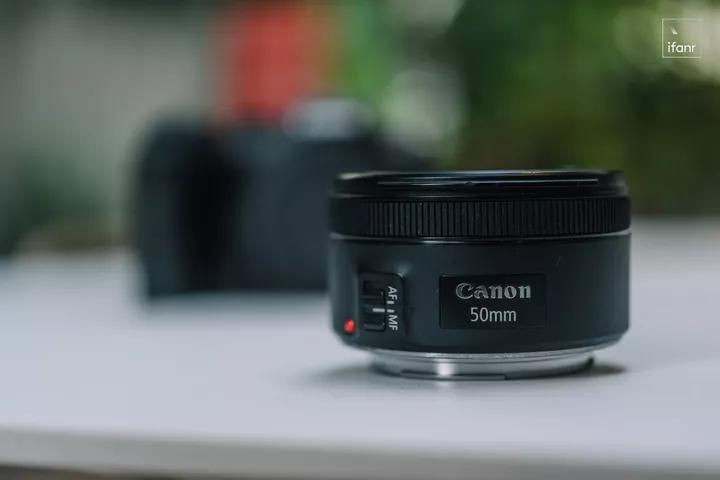
Also, both the EOS R7 and R10 can use Canon's previously introduced EF-RF adapter ring to transfer EF system lenses. If you have a certain amount of EF mount in reserve, you'll be able to continue to use it by buying an extra adapter ring.
"Performance first" photo mode
If you're taking both cameras for a photo shoot, then you should be able to figure out their most distinctive features pretty quickly.
That feature is - performance.
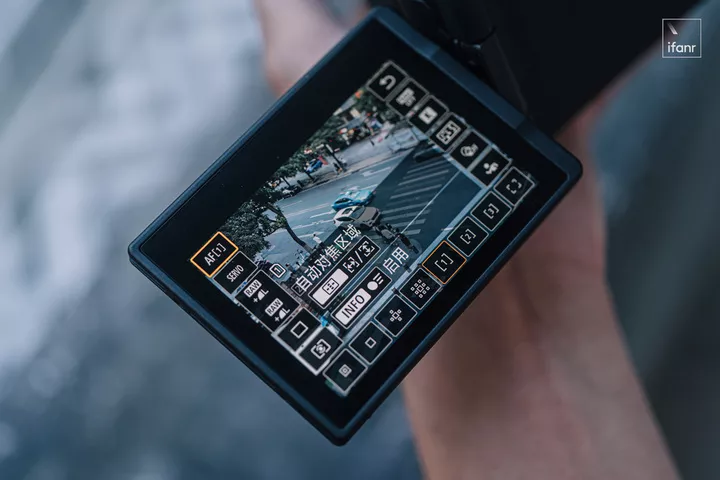
Both the EOS R7 and R10 are equipped with Canon support for the full pixel dual core CMOS AF phase detection method, and the shortcut menu can be accessed via a button in the middle of the navigation button to select between single auto and multiple focus, and users are able to select the focus point directly on the touch screen, and when selected a locked focus frame appears.
Here the EOS R7 and R10 will shoot directly after finishing focusing if the touch shutter is turned on.
Both models have focus support for Eye-AF focus detection, and eye monitoring supports both humans and animals. If it's not eye detection, then subject detection is optional for humans, cars, and animals. Users can target the pursuit of focus according to their shooting needs.
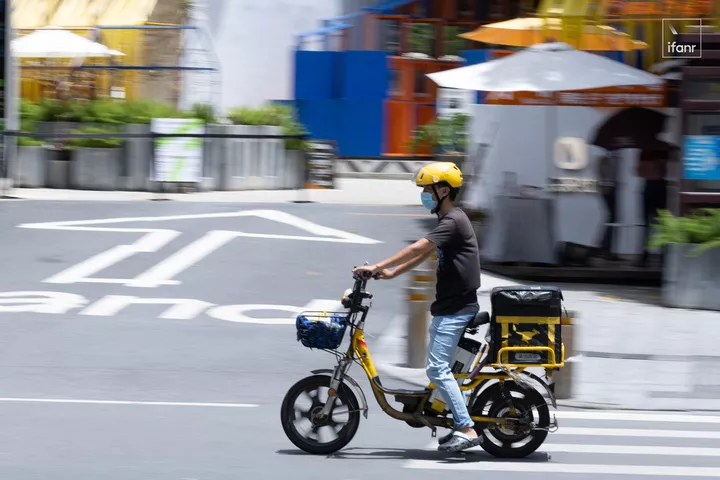
▲ EOS R7 + RF-S 18-150mm F3.5-6.3 IS STM
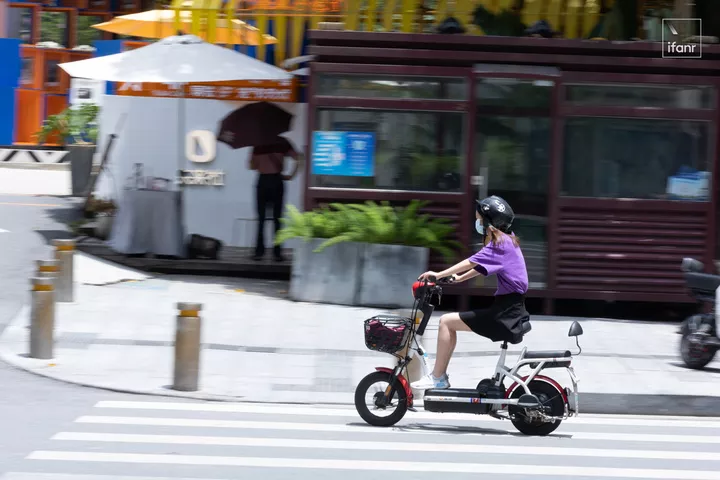
▲ EOS R7 + RF-S 18-150mm F3.5-6.3 IS STM
For actual road shooting, the EOS R7 is really responsive and can already lock focus on the target when you press focus halfway. With servo continuous focus on, the focus can follow the subject and the focus lock position that appears will follow the subject. When locked, the EOS R7 and R10 are able to stay locked even if there is a flash of occlusion in front of them.
If you want to simply take photos with motion blur on the road, both the EOS R7 and EOS R10 can easily do so.
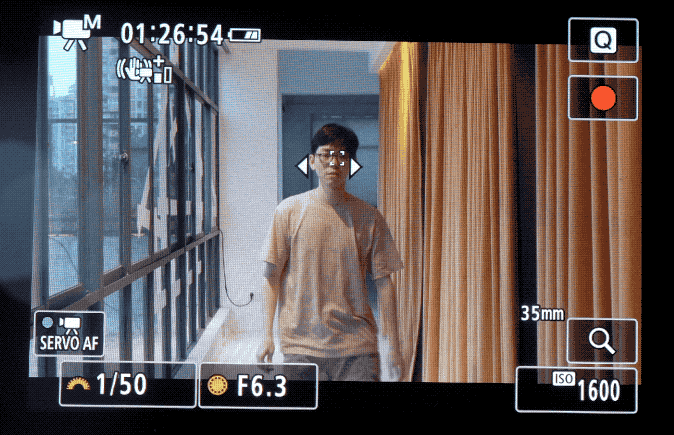

▲ EOS R7 + RF-S 18-150mm F3.5-6.3 IS STM Follow Focus Test
As you can see from this focus test animation, the EOS R7 locks on to the person in the focus scene after the locked subject comes out of the frame and then into the frame, and turns back to the lens and then turns back, switching to person lock when you turn around and converting to eye lock when you turn back. The process is smooth and there is no 'jerking around a bit'.
After the focus and response hits full, there's continuous shooting. On the level of continuous shooting, Canon can be very generous with what it gives.

The EOS R7, the flagship APS-C model, supports 30fps continuous shooting when switched to electronic shutter, while the more entry-level EOS R10 has a 23fps continuous shooting speed when switched to electronic shutter. Both models also offer a pre-shoot mode, which provides up to about 0.5 seconds of pre-shooting, making it easier to get the shot you want when capturing.
Canon gives both machines support for mechanical shutter bursts at 15fps. Even if you have to use the flash to shoot, the 15fps burst is plenty fast enough.
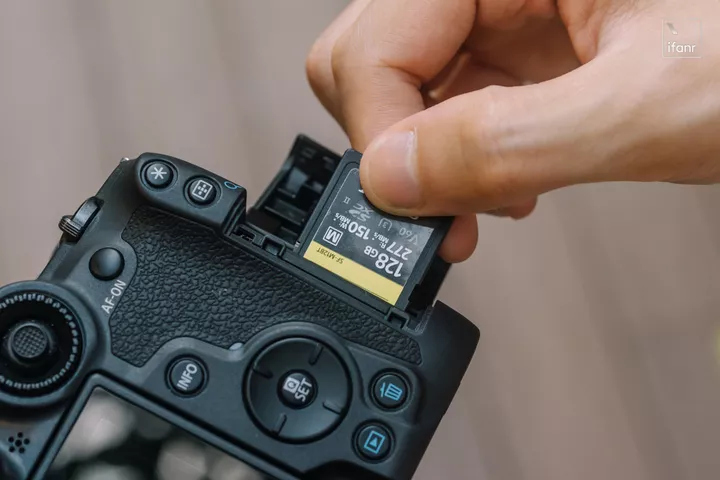
Considering the amount of pixels in the EOS R7, it's better to have a faster UHS-II memory card for high-speed continuous shooting, so that the machine can clear its cache more efficiently.

Performance-wise, there really isn't much to fault with the EOS R7 and R10, and the machine responds pretty well in street and everyday use scenarios, standing out as an APS-C flagship, the EOS R7 is certainly qualified. For those who have experience with bird photography, it can also be used as a simple bird photography machine.
You can also feel the efficiency of the EOS R10 when using it, the focus and shutter, touch controls, and focus point selection are all quick and largely without hesitation. The R10 will feel more impactful to me in this regard than the EOS R7. Mostly, I didn't expect.
Thanks to the new starter camera with devolved flagship technology, rolling up can turn out to be so scary.
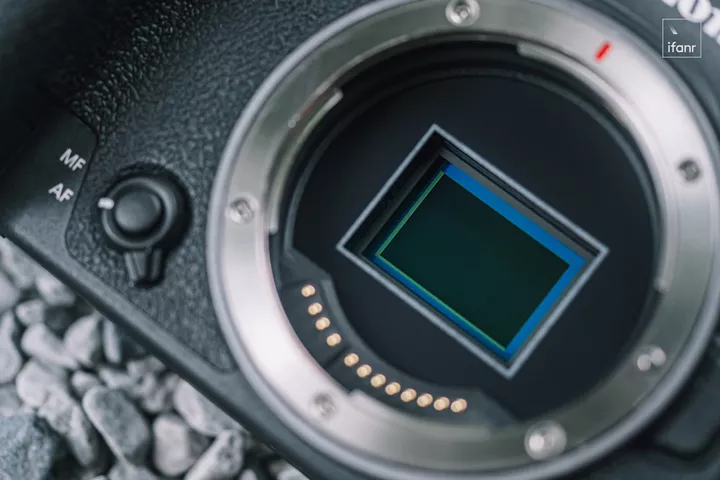
Back to image quality, the EOS R7 is equipped with a 32.5 megapixel sensor and Canon has included the latest DIGIC X image processor as per usual.
The machine offers the latest all-pixel dual-core RAW, which was carefully mentioned officially at the launch of the EOS R7:.
The machine can fine-tune the image quality based on the subject's depth-of-field information, as well as fine-tune the camera's point-of-view and reduce the appearance of ghosting. Users can set Full Pixel Duo RAW for single shots and low-speed bursts using the mechanical shutter or electronic front curtain shutter, and can perform multi-dimensional image processing for "resolution compensation," "bokeh shift," and "ghosting reduction" after shooting (Digital Photo Professional required). The machine also supports C-RAW with a small file size to reduce the file size of full-pixel dual-core RAW images.
The EOS R7 and EOS R10 offer 10bit HEIF format shooting and HDR and HDR PQ shooting in addition to the usual RAW and JPEG modes for shooting files. The camera supports peripheral light correction, distortion correction, and depth of field synthesis.
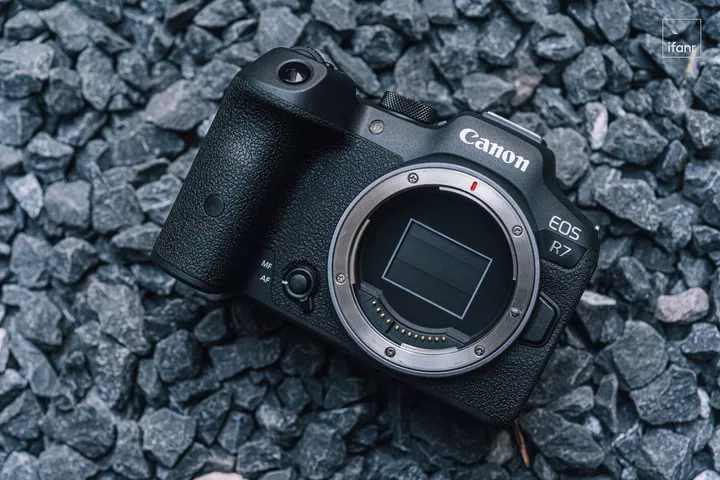
The 32.5 megapixels are still relatively high on the APS-C format, and the EOS R7 with the F-S 18-150mm F3.5-6.3 IS STM, a long zoom head, produces photos that look and feel pretty good.
It's only limited by the aperture of the large zoom set, the lens needs to adjust the ISO and shutter to match in some low light conditions, and the overall experience is all right.
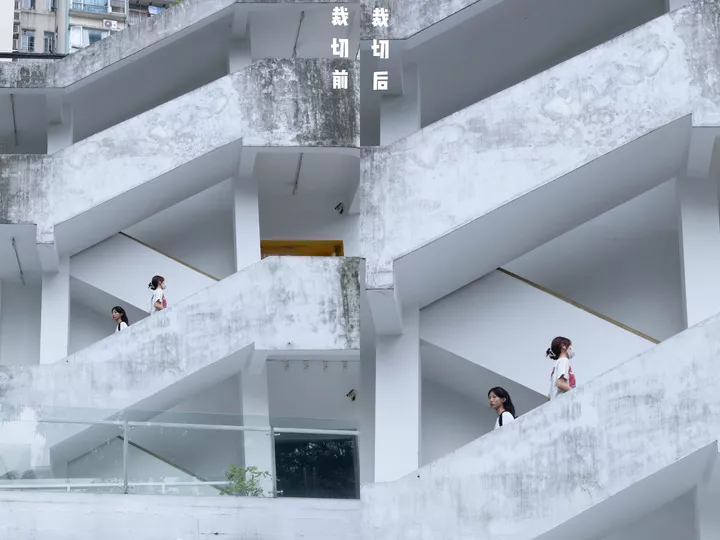
▲ EOS R7 + RF-S 18-150mm F3.5-6.3 IS STM
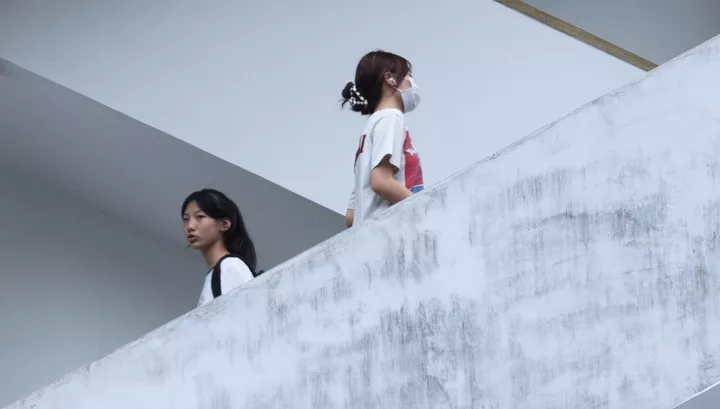
▲ Crop and then zoom in 100%
One of the intuitive advantages of high pixels is cropping, and it's easy to do some light secondary composition with 32.5 megapixels in post. The EOS R7 can easily handle this if you are just tweaking the image and the output size is small.

▲ EOS R7 + RF-S 18-150mm F3.5-6.3 IS STM
The EOS R7's RAW post is also capable of handling the more light-filled environments.
The default EOS R7 regular RAW was chosen here, in more extreme cases a full pixel dual core RAW would have been more prominent, but the user would have had to make trade-offs between RAW specs and continuous shooting speed.

▲ EOS R7 + RF-S 18-150mm F3.5-6.3 IS STM
The EOS R7 also performs to the usual standard of current APS-C cameras, with ISO at 3200 still usable and the text on the board remaining sharp, but the board detail is starting to be lost. After boosting to 6400, the lettering also starts to blur.
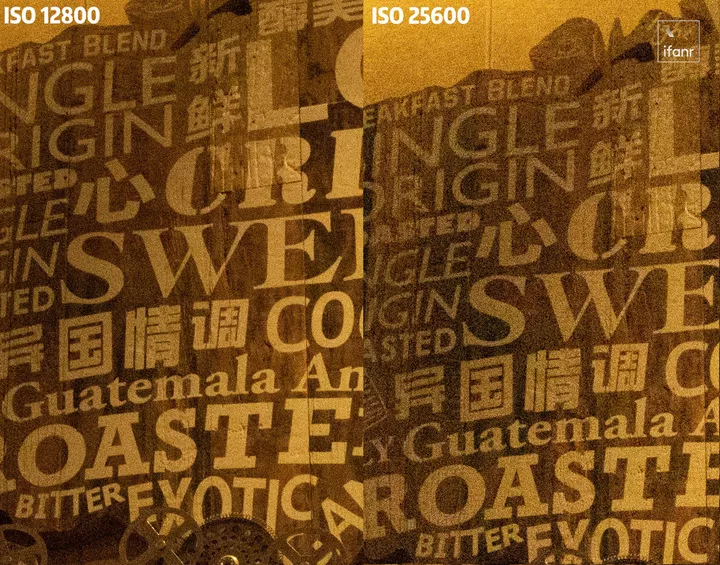
▲ EOS R7 + RF-S 18-150mm F3.5-6.3 IS STM
ISO 12800 and 25600 are the more extreme gears that you basically won't use unless you have special circumstances.
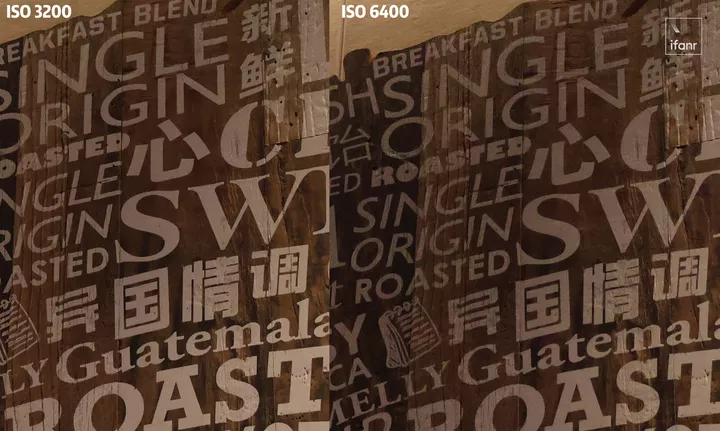
▲ EOS R10 + RF-S 18-45mm F4.5-6.3 IS STM
The EOS R10 performs similarly, managing to maintain basic text detail above ISO 3200, but the text edges will be less sharp and the wood panels less detailed than the EOS R7's. Given the differences in sensor and overall positioning between the two, it's normal for the EOS R7 to be a little more detailed.
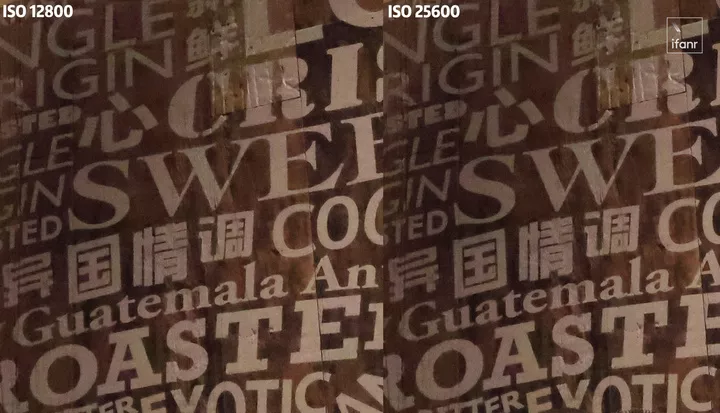
▲ EOS R10 + RF-S 18-45mm F4.5-6.3 IS STM
ISO 6400 is the limit, and ISO 12800 and ISO 25600 are believed to be used for emergency purposes.
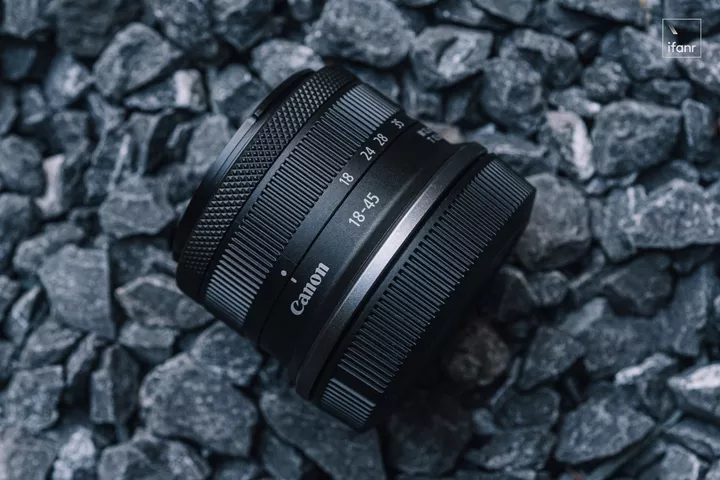

▲RF-S 18-45mm F4.5-6.3 IS STM Turn to 18mm before turning on the working mode
The RF-S 18-45mm F4.5-6.3 IS STM is still a compact biscuit head design, and the lens can be further stored when not in working condition.
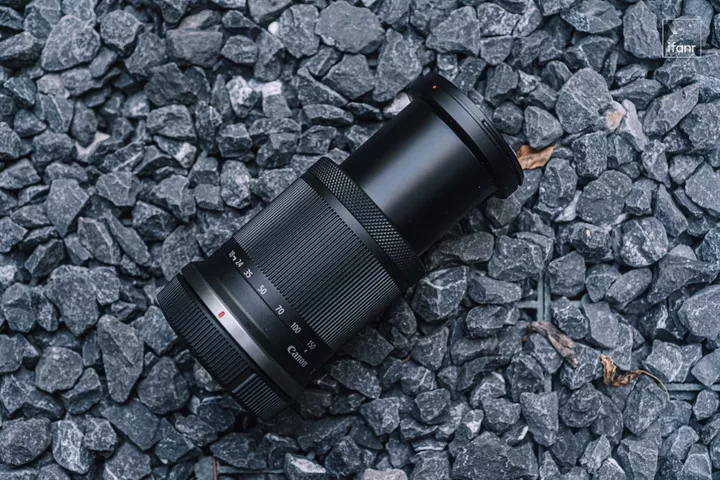
The RF-S 18-150mm F3.5-6.3 IS STM is the standard long zoom kit, with an equivalent zoom range of about 28.8mm-240mm and a relatively slender lens shape that works well with both the EOS R7 and EOS R10.
With a zoom range of nearly 10x, the average user can achieve full coverage.
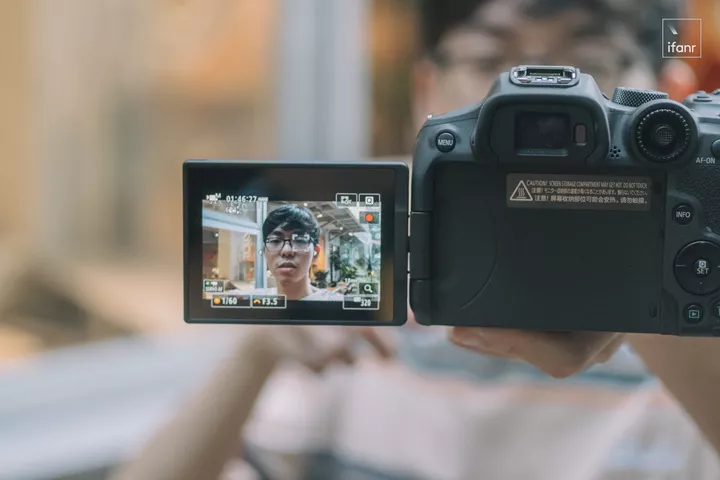
Some users may struggle with the 28.8mm equivalent at the wide end, which can be a bit narrow for selfie vlogs. Here you can wait for Canon to release the RF-S version of the 10-18mm lens, or just transfer the EF-S 10-18mm f/4.5-5.6 IS STM to make up for the wide focal length.
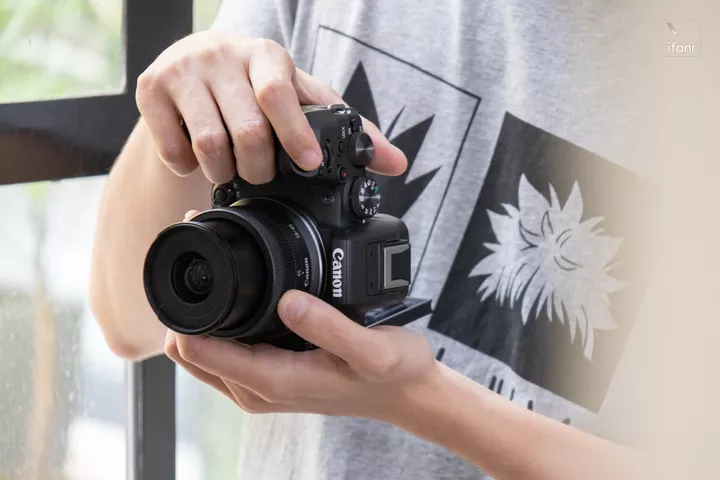


▲ EOS R7 + RF-S 18-150mm F3.5-6.3 IS STM
Together with the long focal length zoom, it is convenient for users to achieve the telephoto "background compression" effect. In addition to bringing the background closer to capture images invisible to the naked eye, you can also get some shallow depth of field effects through the telephoto segment.
There is overpicking and there is C-Log
For video, the EOS R7 supports 4K 30fps and uncropped 4K 60fps video capture in 7K Super Capture, with 1080P 120fps shooting mode for high frame rates.
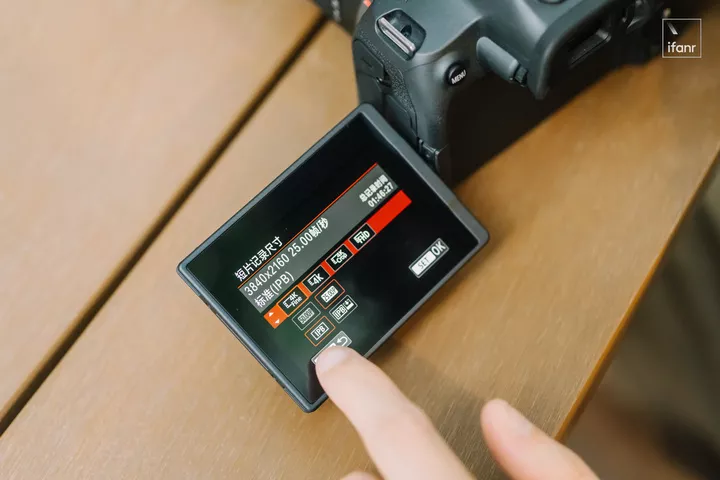
The machine also offers a 4K UHD crop shooting mode, equivalent to Super 16mm, which is the equivalent of adding a 1.8x crop to that 1.6x of the Canon APS-C.

▲ EOS R7 4K Fine mode shooting, C-Log3 on

▲ EOS R7 4K Normal mode shooting, C-Log3 on
Let's take a look at the image first. Looking at the default state you can already see a significant sharpness improvement in the 4K Fine format from the 7K Ultra capture, and the image is better than the regular 4K 30 shot.
Plus, the format uses IPB interframe compression encoding, which will require a bit more performance from the editing computer, but the file size control will be friendlier and the pressure on the number and capacity of memory cards will be lower.

Positioned as an "APS-C flagship", the EOS R7 is equipped with two shooting modes, C-Log3 and HDR-PQ. Both C-Log3 and HDR-PQ shoot 10-bit 4:2:2 video, with good performance in dynamic range, color depth and chroma sampling.

▲ EOS R7 C-Log3 On
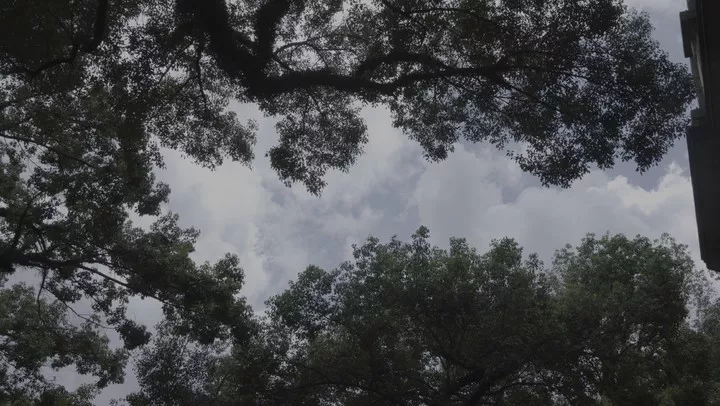
▲ EOS R7 HDR PQ mode

▲ EOS R7 Normal shooting mode
As you can see from the screenshots comparing the samples, the HDR-PQ and C-Log3 can achieve greater dynamic range and retain more detail in highlights and dark locations.
The EOS R10 also has an HDR-PQ shooting mode, which can be turned on to obtain a greater dynamic range. It's just that HDR-PQ is a little less effective than C-Log3. Perhaps because of its positioning, Canon doesn't offer C-Log on the EOS R10.
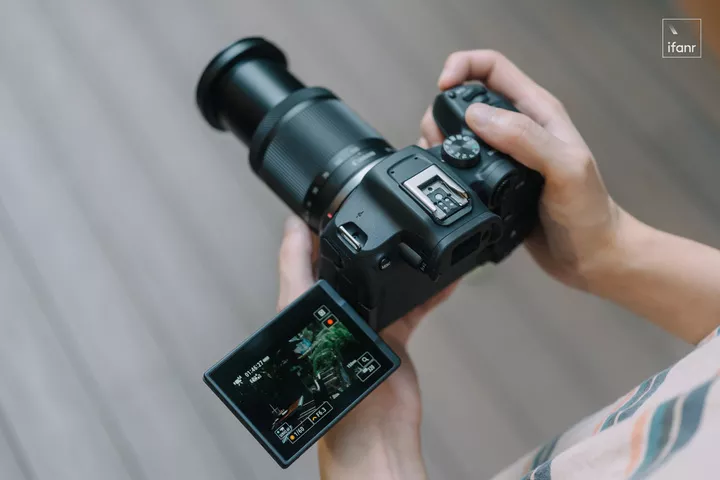
In terms of stabilization, the EOS R7 has 5-axis body stabilization, and additional electronic stabilization can be set in-camera, which works in tandem with IS lens stabilization to achieve up to 8 levels of stabilization.

▲ EOS R7+RF-S 18-150mm F3.5-6.3 IS STM, 150mm end handheld, stabilization off

▲ EOS R7 +RF-S 18-150mm F3.5-6.3 IS STM, handheld at 150mm end, stabilization on
In our tests with the RF-S 18-150mm F3.5-6.3 IS STM lens, we were able to get relatively stable images at the 150mm telephoto end (240mm equivalent with a Canon APS-C equivalence factor of 1.6) while standing handheld.
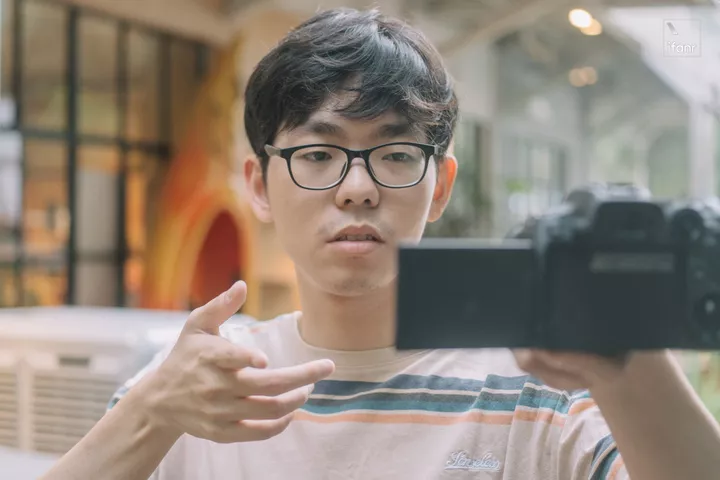
When the EOS R7 uses 18mm (28mm equivalent) to record while walking, the body stabilization still suppresses a large portion of the shake, but walking is still a bit of a struggle for camera stabilization, and you still have to be honest about getting a stable image with the stabilizer on.

Overall, though, the EOS R7's stabilization is in the first tier, and in the realm of APS-C format, it's not too much to say that they've reached the ceiling level.
Handling-wise, the EOS R7 and R10 get the custom speed control devolved from the EOS R3.
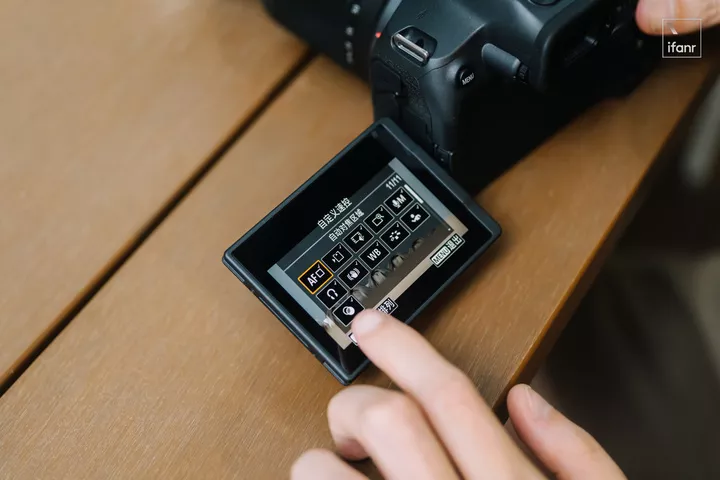
This feature allows the user's own usage habits to freely position some common functions. Because every photographer has different habits for the use of parameters, the ability to customize the position of these functions will be a huge boost to shooting efficiency.
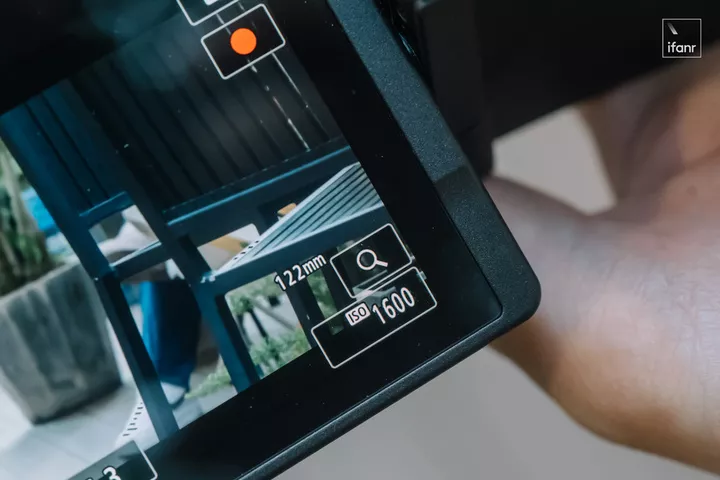
What's more, the EOS R7 and R10 can display the current focal length in real time, which is convenient for shooting as well as for beginners to quickly understand the current focal length, which is also helpful for training.
The best chance of "getting back to the good" at the moment
There is no doubt that the EOS R7 and R10 are machines that are adapted to the current times and are meant to be Canon machines of the moment.
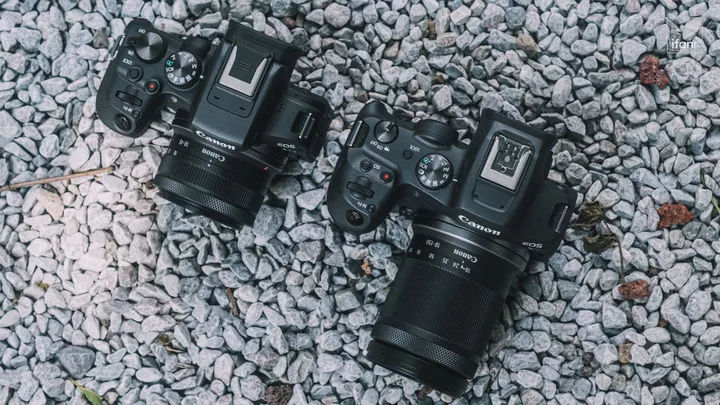
Meeting the needs of basic and mid- to high-end users for video and photo shooting, the excellent performance provides a good foundation for shooting and enhances the quality of the shooting experience. Coupled with Canon's previous accumulation of RF systems, the EOS R7 and EOS R10 are Canon's answer to the next generation APS-C camera camp and two different positions.
From a user's point of view, I would find these two great machines to pit against the Canon's.

The EOS R7 has outstanding performance, and newcomers will be able to feel the comfort and peace of mind that comes with a high-performance body, even if they are not veterans of previous APS-C flagships such as bird and car photography. 32.5 megapixel sensor raises the pixel benchmark for APS-C format, giving users more space and precision.
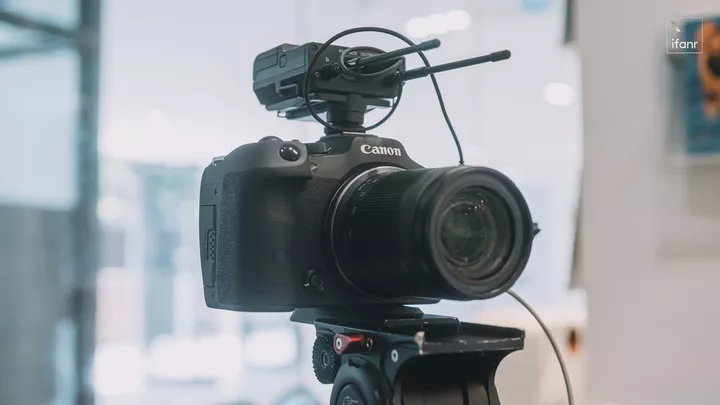
Video capture has got pro metrics like 7K Super Capture 4K and C-Log 3, and the body stabilization performs just fine. These are the highlights to be seen from the 'new full-frame benchmark' of previous years, and now Canon has received them all on top of the next-generation APS-C flagship, and done it even better than before.
Looking at $8,999 less than the classic $9,799 pricing of the APS-C flagship, the EOS R7 demonstrates Canon's sincerity in getting you 'back to good'.
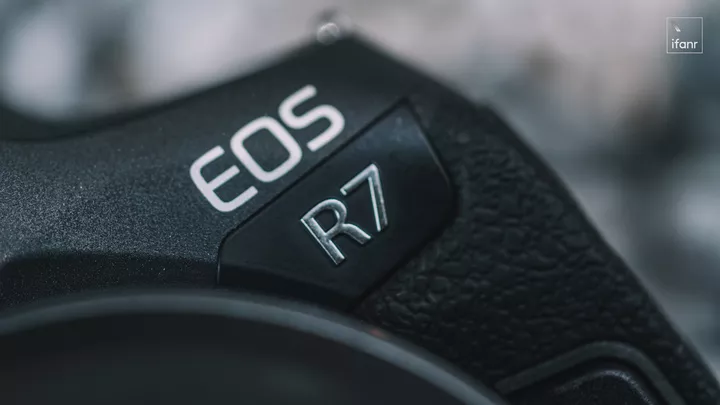
In an age where "the mount shows the faith, the body represents the choice", if you've already chosen to enter the Canon camp, or are a long-time user who is planning to switch from EF to RF and is looking for performance more than frame, the EOS R7 is the way to go.

If you're simply shooting photos and want a vlogger with an external microphone, basic 4K video capture performance and a selfie flip screen, then you'll get better value for money by going straight to the EOS R10.